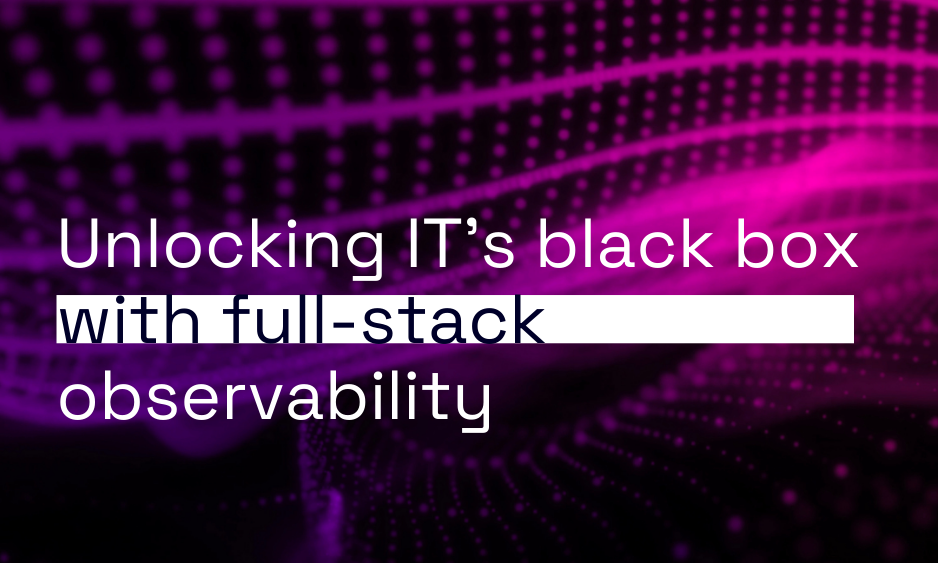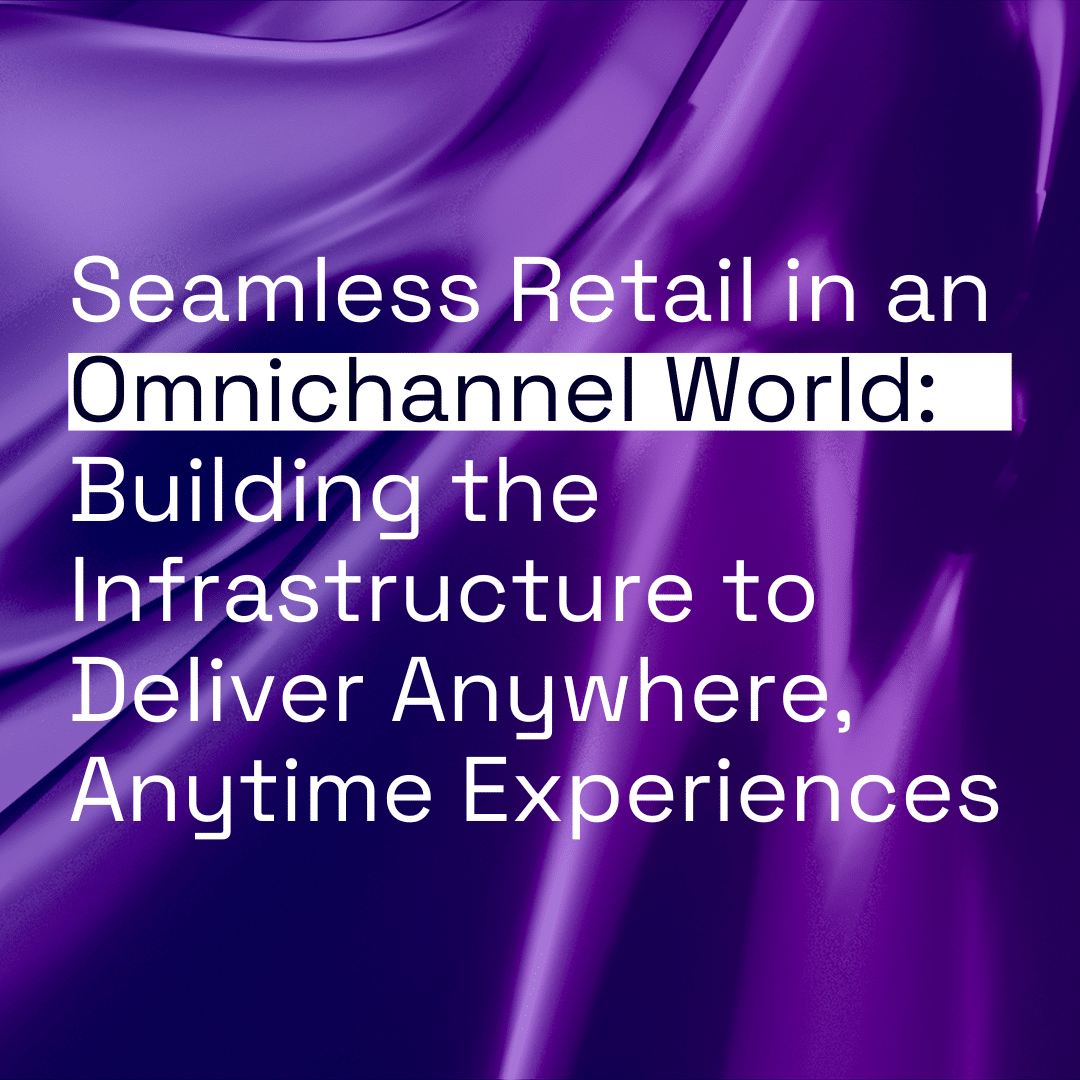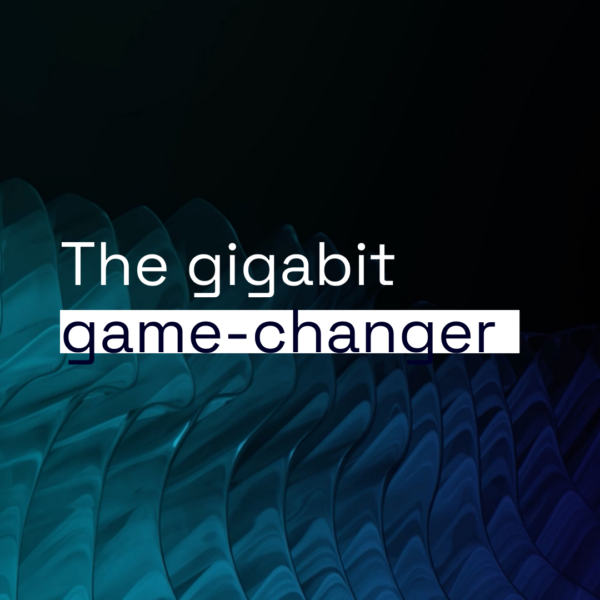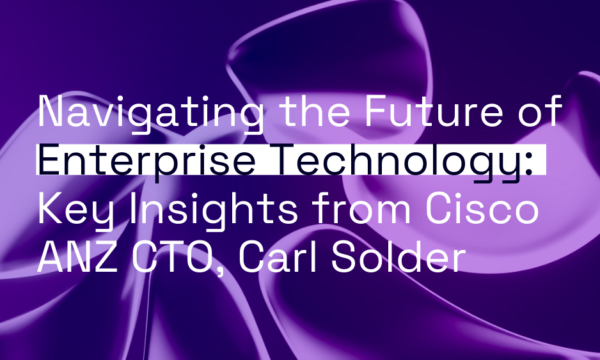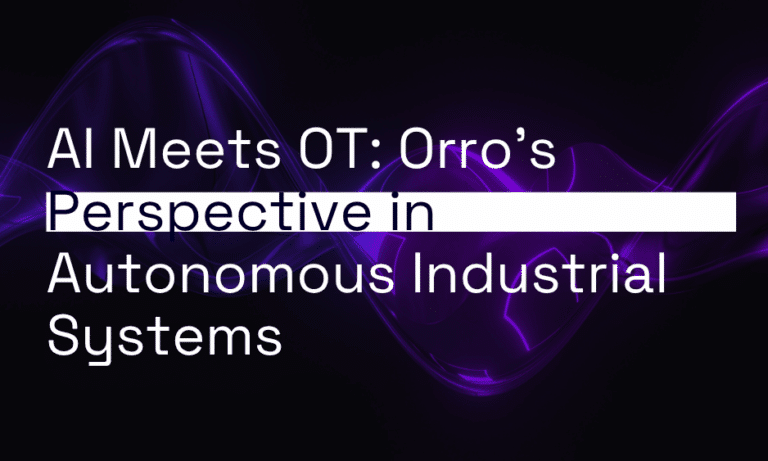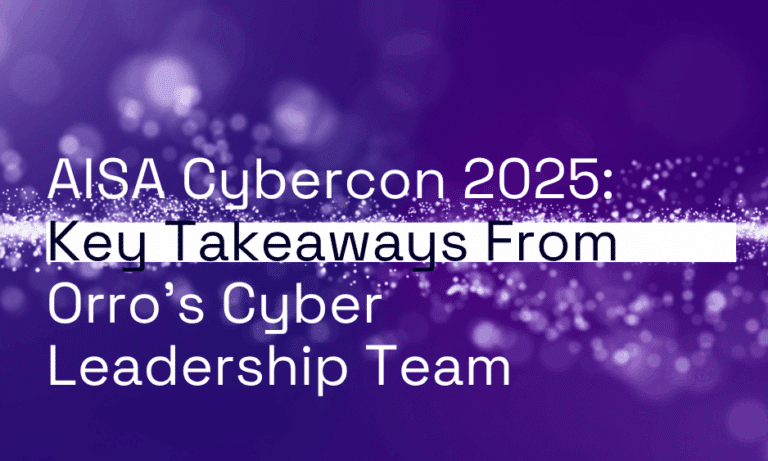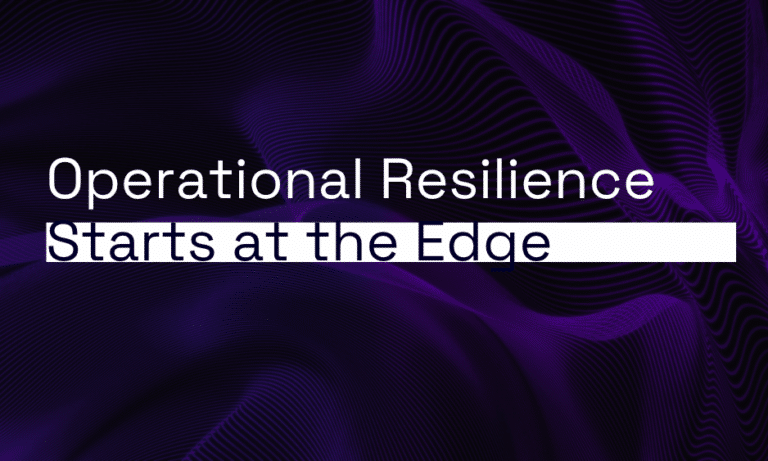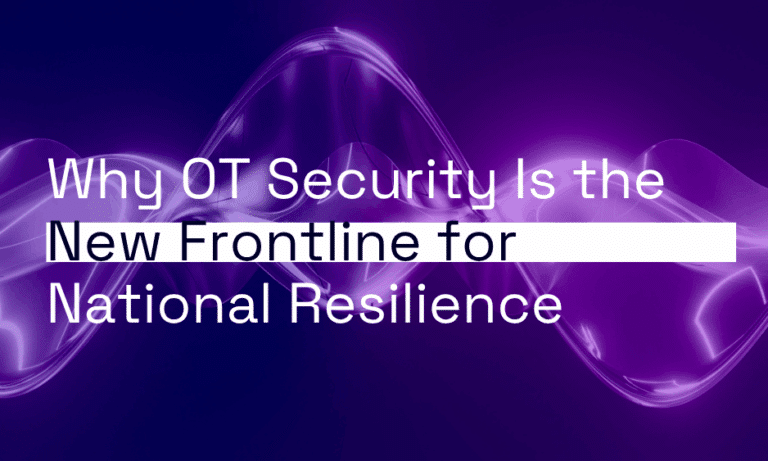IT operations can feel like a black box when you’re relying on traditional monitoring tools to oversee distributed and interconnected IT environments.
Performance issues can crop up from anywhere within the IT stack — be it inefficient code, resource bottlenecks, or network latency. But traditional monitoring only gives you a partial view of your IT environment, making it difficult to pinpoint the root cause of issues. This lack of insight often leads to prolonged downtime, extended incident resolution, and poor decision-making.
Here is where full-stack observability comes in, sweeping away the mystery. By offering visibility into every layer of your technology stack — from your underlying infrastructure and networks to frontend applications — it helps you to unlock a whole new treasure trove of IT insights.
Observability vs. monitoring: What’s the difference?
So, what’s observability anyway?
To set the record straight, observability is not the same as monitoring.
Traditional monitoring focuses on specific components of your IT stack or particular data points collected at certain times, which can create gaps in the overall picture. A key downside to this method is it requires you to know exactly what to look for. This means it’s often not equipped to handle unforeseen problems, such as new cyber threats, because it’s designed to be reactive. It alerts you only when something goes wrong according to the criteria you decide on.
Observability, on the other hand, can help you uncover the “unknown unknowns”. It shows you the true state of your IT stack, from the application layer down to the underlying infrastructure. This is achieved by continuously collecting and analysing real-time telemetry data, such as system logs, performance metrics, metadata, and application code. Observability tools extract vital insights from this data and provide recommendations for optimisation — all presented through a single, dynamic, real-time dashboard. You can easily see how all the components of your system interact and contribute to overall performance and proactively identify potential issues before they escalate.
Simply put, monitoring tells you something’s wrong, whereas observability digs deeper to reveal the root cause and how to resolve it.
The fundamentals of full-stack observability
Let’s break down some of the core capabilities that make full-stack observability indispensable:
Data collection and aggregation
Getting a clear and cohesive view of your IT environment starts with capturing and centralising real-time data from every layer of your IT stack. With applications now deployed in highly distributed structures, data must travel through numerous components. Traditional monitoring struggles to keep track of information flow, unable to continuously and reliably collect data from diverse sources. A robust observability platform integrates with all your IT components, easily ingesting and aggregating data so it’s ready to be analysed.
Visualisation
A picture is worth a thousand words when you’re dealing with distributed IT environments. A robust observability platform presents all your telemetry data and actionable insights on a single, easy-to-navigate dashboard. These dynamic dashboards update in real-time, whereas traditional monitoring dashboards are static, focusing on data at a specific point in time. A robust observability dashboard also allows you to zoom in on specific data points, see how different parts of your system are connected, and track information flow.
For example, an observability dashboard might show increased latency in a payment processing system. Comprehensive visualisation helps the team identify the exact microservices causing the delay. By pinpointing the bottleneck, they can reallocate resources on-the-fly, ensuring smooth and efficient transactions.
Contextual analysis
Data is just noise until it’s contextualised. A robust observability platform correlates data from every layer of your technology stack to uncover hidden patterns, relationships, and interdependencies. With the right context, teams can quickly identify anomalies, understand their impact, and trace them back to their root cause much faster and more accurately.
For instance, a traditional monitoring system might alert you to high CPU usage, but without context, it’s unclear whether this is a serious issue or just a temporary spike. On the other hand, full-stack observability could reveal that the high CPU usage is due to a surge in user traffic following a new feature release. This context allows teams to respond appropriately, whether that’s scaling resources or investigating further.
Anomaly detection
Anomalies are often the earliest possible signs of issues. Traditional systems struggle with accuracy, responsiveness, and scalability when it comes to spotting anomalies. But with full-stack observability, even minor deviations can be flagged early and identified as anomalies before they escalate. Automated anomaly detection can pinpoint faults faster — reducing the time-to-detection from hours to as little as a minute — leading to quicker repairs.
Additionally, unlike traditional rule-based monitoring systems that are prone to generating false positives, full-stack observability leverages machine learning algorithms to detect a broader range of anomalies with greater precision.
For example, in software development, minor code changes can sometimes lead to major unexpected issues. Automated anomaly detection helps catch these discrepancies early on, ensuring that developers can address problems quickly, enhancing the overall quality of the software.
Automated alerts and responses
The sheer amount of alerts generated from multiple traditional monitoring tools is overwhelming for teams to manage. By integrating observability and automation tools, you can set up automated alerts based on predefined thresholds. You can also accelerate issue resolution by setting up automated responses to common issues that can be resolved without humans involved. For example, if a specific server starts showing signs of failure, an automated script can spin up a new instance to keep services up and running.
Predictive maintenance
Traditional monitoring often focuses on reactive measures, alerting IT teams after something goes wrong, leading to a constant race to fix issues as they arise. Full-stack observability shifts the focus to proactive measures. Predictive analytics help forecast and flag potential future issues based on historical data, then suggest actions to improve system stability and prevent recurrences of past issues.
For example, in data centres, predictive maintenance helps monitor server performance and anticipate hardware failures. By analysing temperature trends and fan speeds, the full-stack observability can predict when a server might overheat and alert IT teams to take preventive action. This not only prevents downtime but also extends the lifespan of critical hardware.
The ripple effect
Full-stack observability isn’t just for the IT department; it’s for the entire organisation.
It boosts overall business performance by helping different departments in different ways. For example, CIOs can use observability data to make informed investment decisions, while business leaders gain clear insights into how IT performance impacts revenue. Infrastructure managers can ensure resources are used efficiently, and DevOps teams can accelerate development cycles. Service desk teams also benefit from automating issue resolution for common problems.
Another significant benefit of full-stack observability is its ability to improve knowledge sharing and collaboration. In many organisations, different teams are responsible for different parts of the IT stack and often use various tools and languages, resulting in communication gaps and inefficiencies. Observability provides a central platform and language, making it easier to work towards common goals like delivering better products and services, increasing customer loyalty, and improving operational efficiency.
Implementing full-stack observability
Define objectives
As with any technology implementation, start by defining the scope and objectives of your observability initiative. Think about the specific problems you want to solve, where you lack visibility, and the results you hope to achieve. It’s important to involve all relevant stakeholders in the process. Engaging with people across the organisation builds a shared understanding of the benefits and goals of the observability implementation, ensuring everyone is on board and supportive.
Establish baselines
Getting a good read on the health and performance of your IT components requires setting some baseline metrics. These benchmarks show you what normal operation looks like and help you spot problems. KPIs to consider are Mean Time to Detect (MTTD), Mean Time to Resolve (MTTR), uptime and availability, user satisfaction scores, and various performance metrics such as network latency and application load times.
Develop a data strategy
Data is the foundation of effective observability. That’s why you need a solid data strategy. This should clearly outline how you will collect, monitor, manage, and secure data from different layers of your IT stack to ensure its quality, availability, and reliability.
Choose the right tools
Picking the right tools is essential for effective observability. Observability tools vary widely in features and capabilities, so here are a few key points to consider:
- Integration capabilities: Look for solutions that can integrate data from every part of your tech stack. The more integrations a tool supports, the better visibility you’ll get into your system’s performance. Ideally, it should work seamlessly with most, if not all, of your existing tools.
- Scalability: Ensure the tool can handle an increasing number of data sources and complex queries without sacrificing performance. You don’t want your observability tool to become a bottleneck as your system grows.
- Support: Consider the level of customer support provided by the technology vendor. A responsive support team can be invaluable, especially when you’re dealing with critical issues.
Integrate across your stack
To effectively capture and aggregate all relevant data points, you need to embed monitoring agents and collectors into everything from your frontend applications to your backend servers. Ensure that the instrumentation covers critical aspects such as capturing metrics, generating logs, and tracing requests across distributed systems. For example, on the frontend, this means tracking user interactions, page load times, and errors. On the backend, you could monitor API response times, database queries, and server performance.
Integrate across workflows
Observability should be an integral part of your day-to-day operations. Create automated alerts for critical issues based on the baselines established earlier. The aim is to receive timely notifications about issues that require attention. The alerts should be actionable, providing enough context for teams to understand the problem and take corrective action. Also, set up predefined responses to common problems to speed up issue resolution, maintain service availability, and use resources efficiently.
Integrate across teams
Observability is a team sport and works best when everyone is on the same page.
Encourage your teams to embrace observability as a core practice. Teams need to understand how to use the tools effectively, interpret the data, and take appropriate actions. This might involve formal training sessions, workshops, or on-the-job learning. The goal is to build a culture of observability where everyone is empowered to contribute to the overall health and performance of the IT stack.
Continuously analyse and optimise
Regularly review your observability strategy and tools to ensure they are meeting your objectives. Collect feedback from your teams and make adjustments as necessary. This might involve refining metrics, adding new data sources, or tweaking alert thresholds. The goal is to evolve your observability practices to keep pace with changes in your technology and business environment.
Start your observability journey with Orro
The era of operating in the dark is over. Full-stack observability has emerged as a powerful approach to managing the complexity of modern IT environments.
No longer do you have to guess what’s happening within your systems; now, you can turn IT operations from a black box into a transparent, efficient, and future-proof engine. This means delivering better products and services, responding faster to market changes, innovating with confidence, and so much more.
If you’re still stuck using traditional monitoring tools, it’s time to see your IT in a new light with full-stack observability. Orro offers a state-of-the-art observability platform, backed by specialised expertise and 24×7 support, so you’re not alone on this transformational journey.
As the first step forward, learn more here.
Better yet, if you’re up for it, let’s talk about what observability can do for your organisation. Get in touch .
